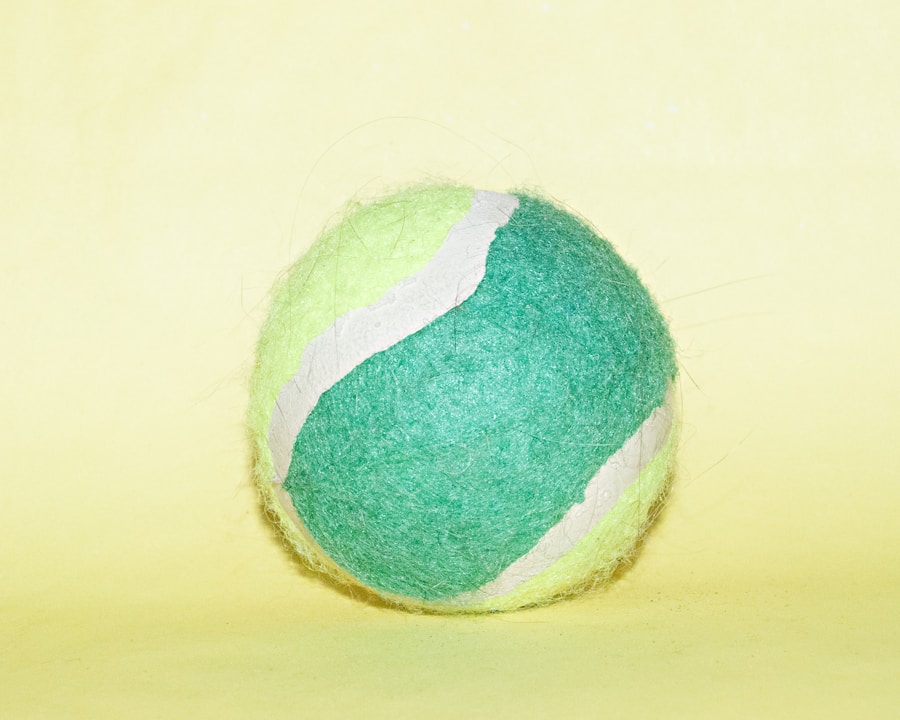Download links
How to install The Science of Bouncing Ball: A Fascinating Phenomenon APK?
1. Tap the downloaded The Science of Bouncing Ball: A Fascinating Phenomenon APK file.
2. Touch install.
3. Follow the steps on the screen.
Description
The phenomenon of a bouncing ball is a captivating interplay of physics principles, primarily governed by Newton’s laws of motion and the conservation of energy. When a ball is dropped from a height, it accelerates towards the ground due to gravity, which exerts a force on it. Upon impact with a surface, the ball deforms slightly, compressing as it absorbs some of the kinetic energy.
This deformation is crucial; it allows the ball to store energy temporarily before it is released back into the environment, propelling the ball upward. The height to which the ball rebounds is determined by the energy conversion that occurs during this process. The mechanics of bouncing can be further understood through the concept of momentum.
When the ball strikes the ground, it experiences a change in momentum, which is transferred to the surface it hits. The interaction between the ball and the ground can be described using the coefficient of restitution, a measure of how much kinetic energy remains after a collision. A higher coefficient indicates that more energy is conserved in the bounce, resulting in a greater rebound height.
This relationship between energy conservation and momentum transfer is fundamental to understanding how different types of balls behave when they bounce.
Key Takeaways
- The height and speed of a bouncing ball are determined by the laws of physics, including gravity and energy transfer.
- Factors such as surface material, air pressure, and angle of impact can affect the bounce height and speed of a ball.
- Elasticity plays a crucial role in determining how much energy is retained during a bounce, affecting the height and speed of the bounce.
- Through experiments and observations, scientists can study the behavior of bouncing balls and understand the principles behind their motion.
- Bouncing ball science has real-world applications in sports equipment, engineering, and materials science, and ongoing research may lead to new technologies and innovations in the future.
Factors Affecting Bounce Height and Speed
Material Properties of the Ball
The material composition of the ball plays a significant role in determining its bounce. For instance, rubber balls tend to bounce higher than those made from foam or cloth due to their superior elasticity and energy retention capabilities.
The Surface Matters
The surface on which a ball bounces is equally important.
Conversely, softer surfaces absorb more energy upon impact, leading to lower bounce heights.
Environmental Factors
Environmental factors such as temperature can affect the air pressure inside a ball and the material properties of both the ball and the surface. For example, warmer temperatures can increase air pressure within a basketball, enhancing its bounce characteristics.
The Role of Elasticity in Bouncing

Elasticity is a critical factor in determining how well a ball bounces. It refers to the ability of an object to return to its original shape after being deformed. In the context of bouncing balls, elasticity dictates how much kinetic energy is converted back into potential energy during the rebound phase.
A highly elastic material will deform less upon impact and will return to its original shape more quickly, allowing for a more efficient transfer of energy back into motion. Different materials exhibit varying degrees of elasticity. For instance, natural rubber has high elasticity and is commonly used in sports balls because it can withstand repeated impacts without significant loss of performance.
In contrast, materials like plastic or certain foams may not return to their original shape as effectively, resulting in diminished bounce height and speed. The elasticity of both the ball and the surface it strikes must be considered when analyzing bounce dynamics; for example, a rubber ball bouncing on a wooden floor will perform differently than on a sandy beach due to differences in material properties.
Bouncing Ball Experiments and Observations
| Experiment | Ball Type | Drop Height (m) | Number of Bounces | Observations |
|---|---|---|---|---|
| 1 | Tennis Ball | 1.5 | 10 | The ball bounced consistently and reached a moderate height. |
| 2 | Rubber Ball | 2.0 | 15 | The rubber ball bounced higher than the tennis ball and had a more erratic bounce pattern. |
| 3 | Golf Ball | 1.0 | 8 | The golf ball had the least number of bounces and did not bounce as high as the other balls. |
Conducting experiments with bouncing balls can yield fascinating insights into the principles of physics at play. One common experiment involves dropping balls of various materials from a fixed height and measuring their rebound heights. By using balls made from rubber, tennis, and basketball materials, one can observe how differences in elasticity affect bounce performance.
This simple experiment can be enhanced by varying the drop height or changing the surface on which the balls are dropped to further explore how these factors influence bounce dynamics. Another interesting experiment involves measuring the time it takes for a ball to reach its peak height after bouncing. By using high-speed cameras or motion sensors, one can analyze the speed at which different balls ascend after impact.
This data can be correlated with their material properties and initial drop height to provide deeper insights into how energy is conserved and transformed during the bouncing process. Such experiments not only illustrate fundamental physics concepts but also engage students and enthusiasts in hands-on learning experiences.
Real-world Applications of Bouncing Ball Science
The principles governing bouncing balls extend far beyond recreational activities; they have significant implications in various fields such as sports science, engineering, and material science. In sports, understanding how different balls behave during play can inform equipment design and training techniques. For instance, basketball players benefit from knowledge about how different types of basketballs interact with various court surfaces, allowing them to optimize their performance based on equipment choice.
In engineering, insights gained from studying bouncing balls can inform the design of shock-absorbing materials used in construction and transportation. For example, materials that mimic the elastic properties of rubber can be employed in protective gear or cushioning systems for vehicles to enhance safety during impacts. Additionally, advancements in material science have led to the development of synthetic materials that exhibit superior elasticity and durability compared to traditional options, further expanding their applications in various industries.
Future Developments in Bouncing Ball Technology

As technology continues to advance, so too does our understanding of bouncing ball dynamics and their applications. Researchers are exploring new materials that could revolutionize how balls are designed for sports and other uses. Innovations such as smart materials that can adjust their properties based on environmental conditions could lead to balls that perform optimally regardless of temperature or humidity levels.
Moreover, advancements in computational modeling and simulation techniques allow for more precise predictions of how different materials will behave under various conditions. This could lead to tailored designs for specific sports or applications where optimal bounce characteristics are crucial. For instance, engineers might develop specialized soccer balls that enhance control and accuracy based on player feedback during gameplay.
In addition to material innovations, there is potential for integrating technology into bouncing balls themselves. Smart sensors embedded within balls could provide real-time data on bounce height, speed, and even player interaction metrics during games. This data could be invaluable for coaches and athletes looking to refine their techniques or strategies based on empirical evidence rather than intuition alone.
The future of bouncing ball technology holds exciting possibilities that could transform not only sports but also various industries reliant on material performance under dynamic conditions. As research continues to evolve, we may witness breakthroughs that enhance our understanding of physics while simultaneously improving our everyday experiences with bouncing balls in sports and beyond.
If you’re a fan of mobile gaming, you may also be interested in checking out this article on Free Fire Max joining a soccer tournament here. Just like the physics of a bouncing ball in a game, the skills and strategies needed to excel in a soccer tournament can be equally thrilling and challenging. So why not test your gaming skills in a different arena and see if you can come out on top in both virtual worlds?
FAQs
What is a bouncing ball?
A bouncing ball is a small, round object that is designed to rebound off of surfaces when dropped or thrown.
What is the science behind a bouncing ball?
The science behind a bouncing ball involves the transfer of kinetic energy from the ball to the surface it bounces off of, causing it to rebound.
What materials are bouncing balls typically made of?
Bouncing balls are typically made of rubber or similar elastic materials that allow them to rebound when they come into contact with a surface.
What are some common uses for bouncing balls?
Bouncing balls are commonly used as toys, in sports such as basketball and tennis, and in various physics experiments to demonstrate principles of motion and energy transfer.
How does the height from which a bouncing ball is dropped affect its bounce?
The height from which a bouncing ball is dropped affects its bounce by influencing the amount of potential energy it has when it makes contact with the surface, which in turn affects the height of its rebound.





